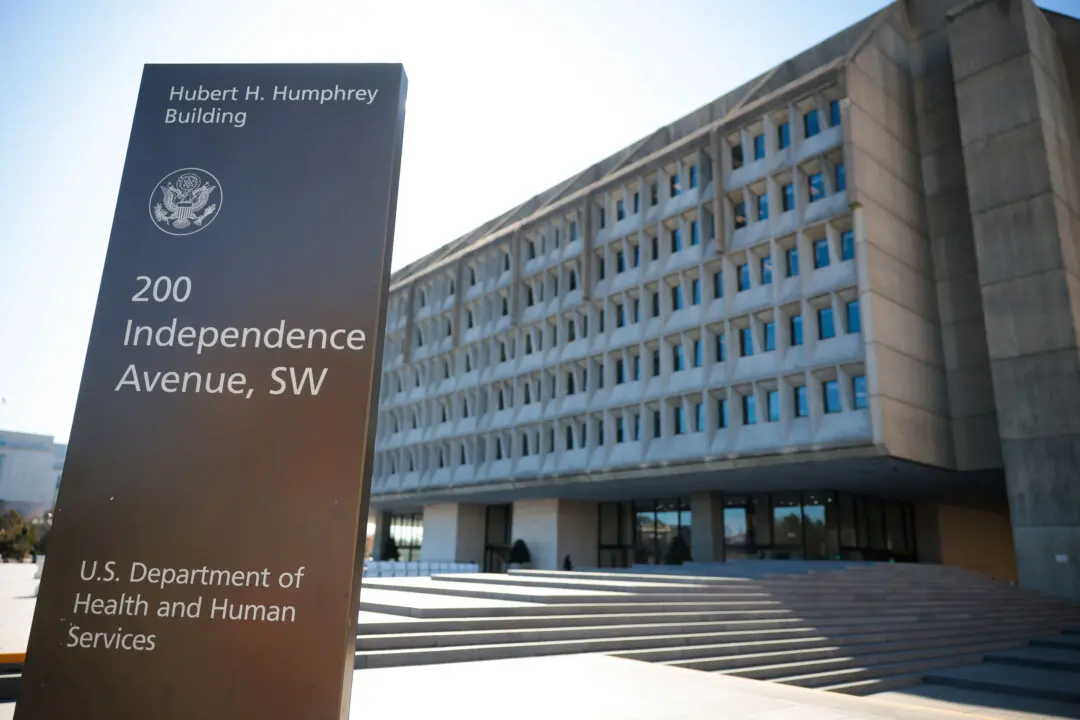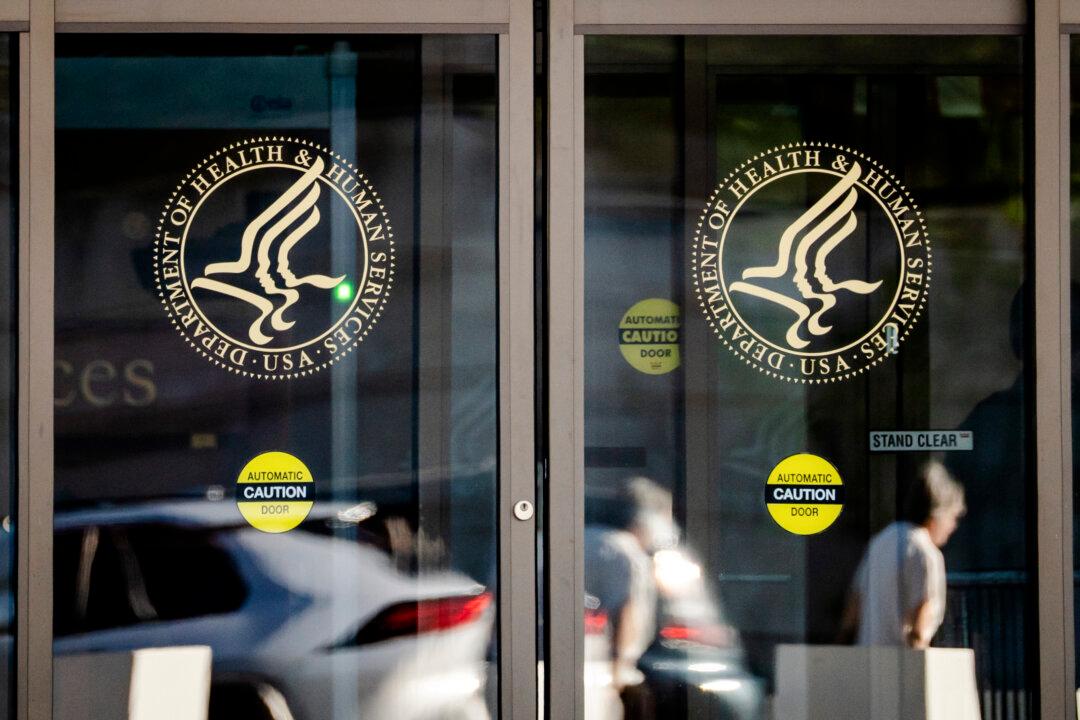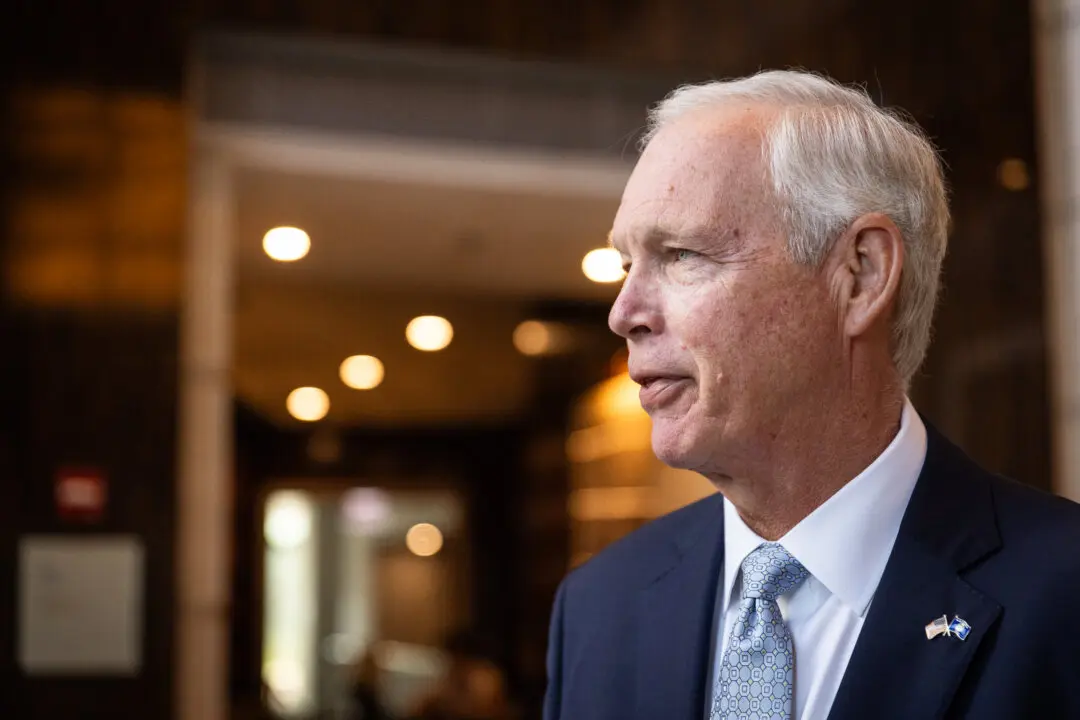NEW YORK—New York City’s subway system is the backbone of one of the largest economic hubs in the world. But it is old, and the entity that manages it is struggling to keep it in good condition—all while providing transportation to more than 5 million people every day.
The Metropolitan Transportation Authority’s debt has risen beyond $32 billion and money from four fare increases in five years has barely covered rising costs—such as paying off debt interest—let alone improving service or paying off the debt principal.
Money and investments are the main topics of discussion for future planning: where to get money and where to put it into use—expansion or upgrading the existing system.
The sheer scale of the subway system in New York (5.3 million riders per day; 468 stations) makes it difficult to compare to the much smaller ones in the United States, such as San Francisco, Washington, D.C., and Chicago.







